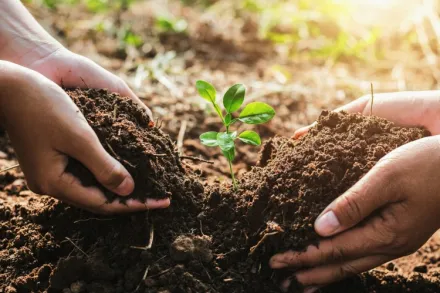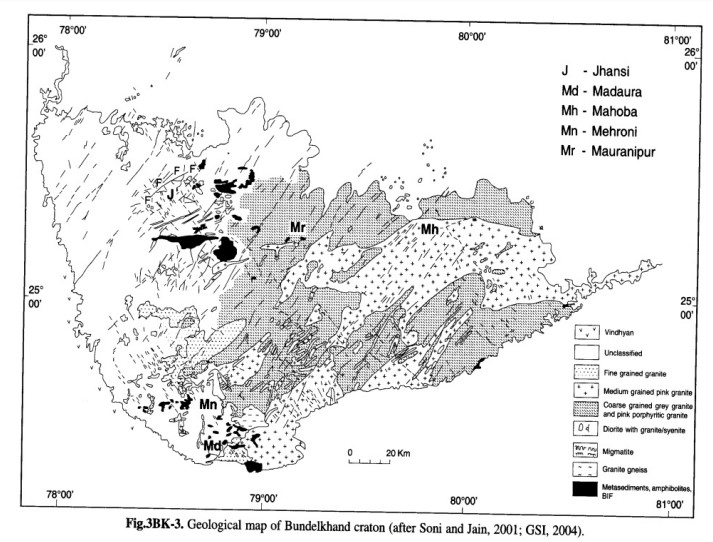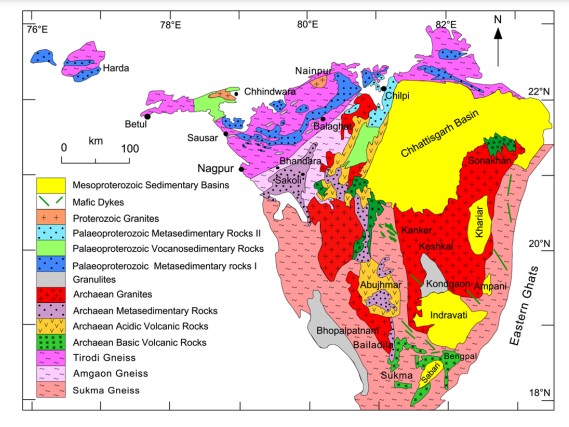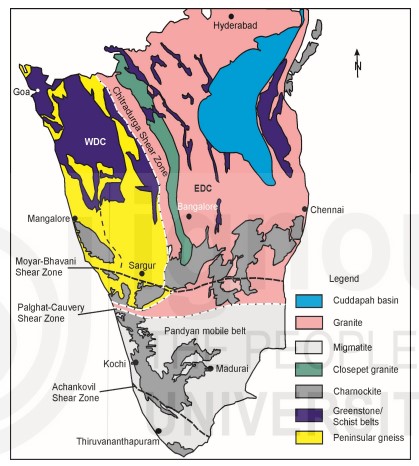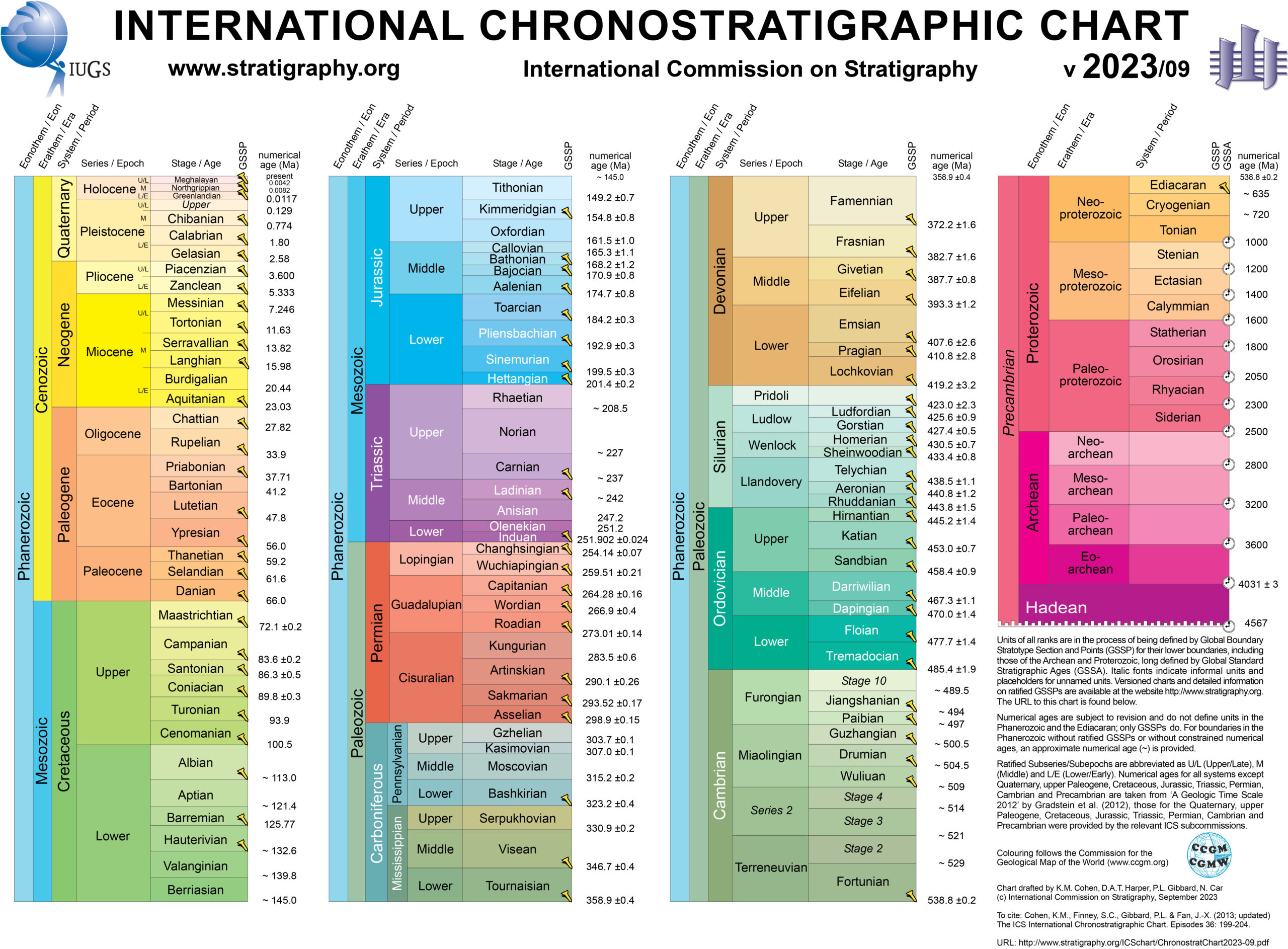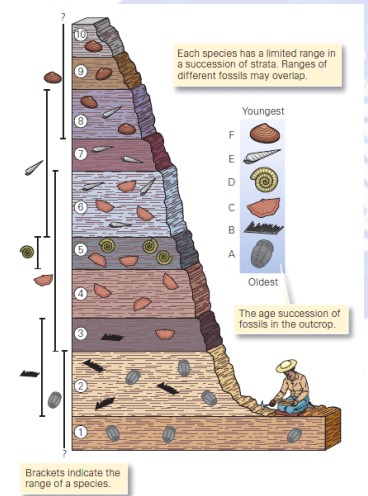Eco-Friendly Technologies for Better Soil Health and Conservation
Deterioration of Land Quality: The United Nations celebrated 2015 as the ‘World Soil Year’ and designated 2015-2024 as the ‘International Decade of Soils.’ India, with the 10th largest cultivable land resource globally, hosts 46 out… Eco-Friendly Technologies for Better Soil Health and Conservation
